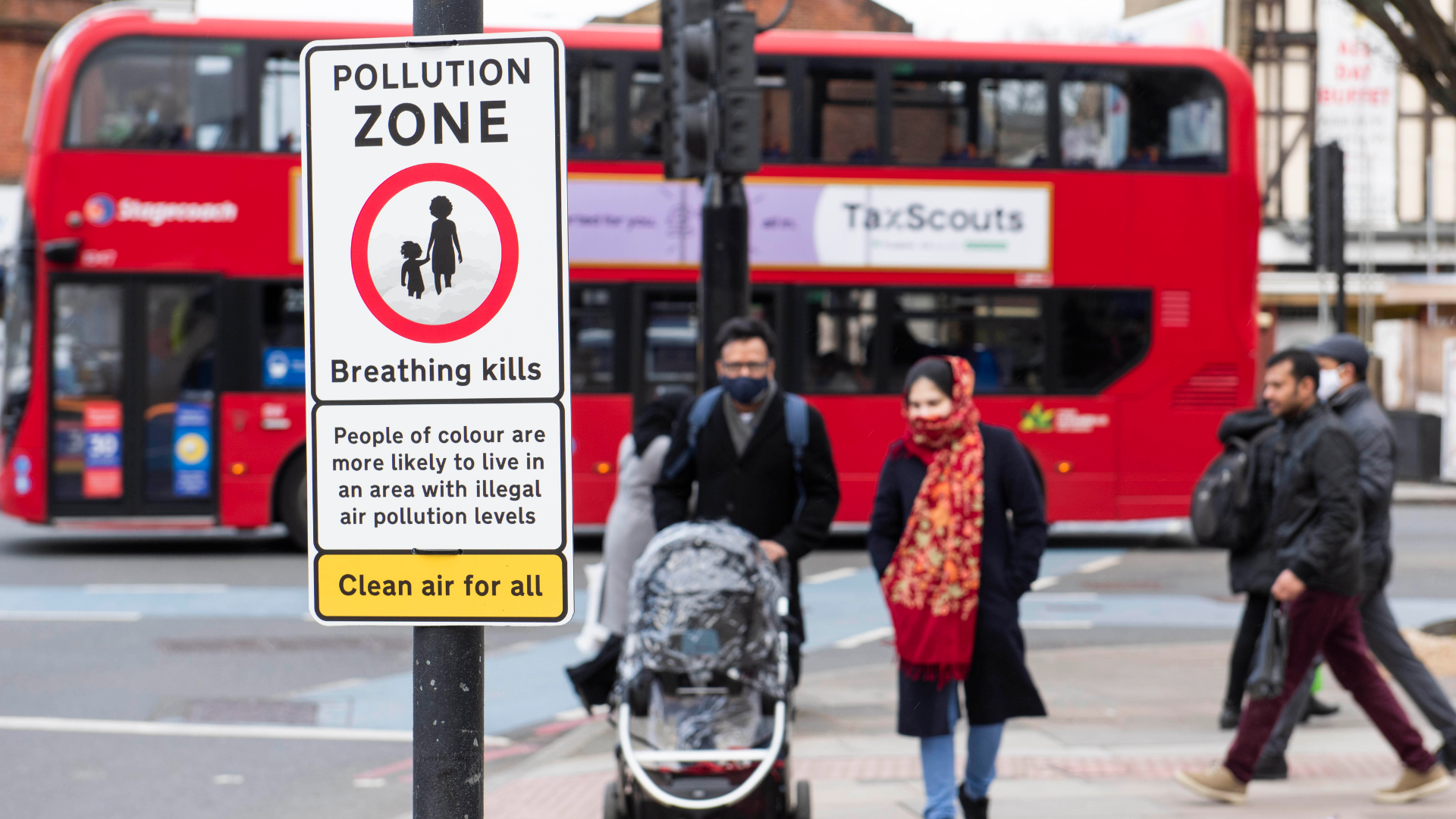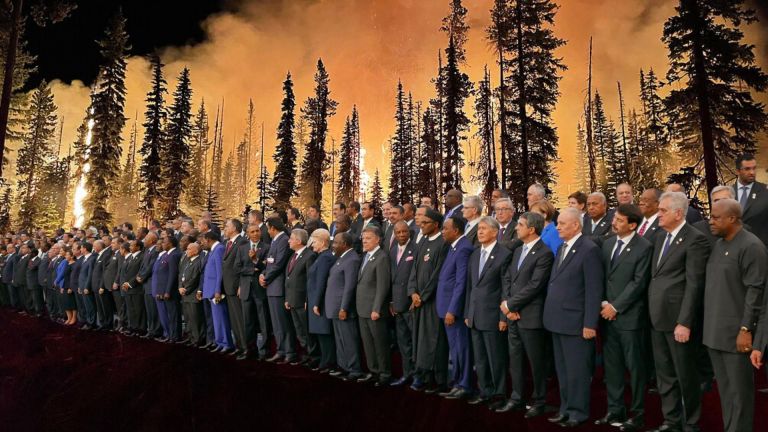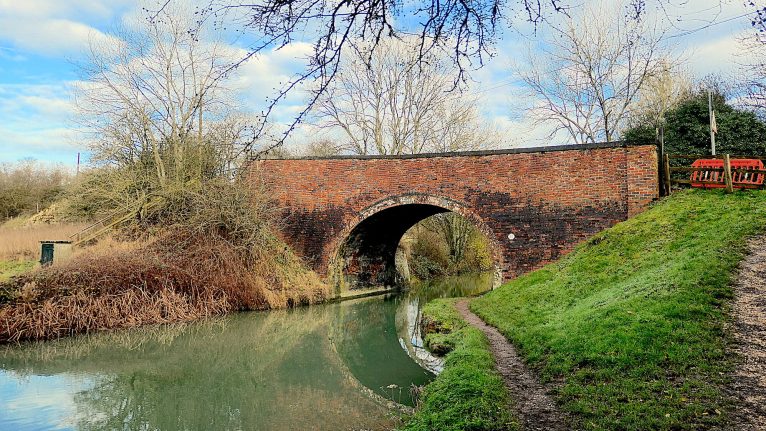“With inequalities only widening, it’s not a huge surprise that air pollution and poor housing disproportionately impact people on the lowest incomes and marginalised communities,” he said.
“Our new analysis demonstrates just how important these issues are to people living in existing and target Labour seats. The Labour leader must truly put the best interests of people and the planet above short-termism by showing he has a real vision for the future, which is green, prosperous and crucially, fair.”
Dirty air causes up to 36,000 premature deaths every single year in the UK alone.
Which constituencies have the worst air pollution?
Across England and Wales, Labour areas with more than double the ‘safe’ level of pollution are home to five million people – including one million children. So why are Labour voters more at risk?
Air quality is generally worse in urban areas, where traffic and construction spew out toxic particulates. At the same time, people in towns and cities are traditionally more likely to vote for left-wing parties. For example, Labour currently hold 49 of London’s 73 parliamentary constituencies, and 18 of Manchester’s 27 electoral seats.
Your support changes lives. Find out how you can help us help more people by signing up for a subscription
Advertising helps fund Big Issue’s mission to end poverty
Air pollution is more than double WHO ‘safe’ levels in every single local neighbourhood within 23 English constituencies. All of these seats are in London, and all are held by Labour MPs.
Voters in Labour-held seats are also less likely to have access to nature and parks. Friends of the Earth also found that 56% of neighbourhoods in Labour constituencies lack adequate access to green space, compared to just a quarter within Conservative areas.
UK prime minister Rishi Sunak has distanced himself from anti-air pollution measures, campaigning against the expansion of the ULEZ clean air zone in London and recently postponing the ban on petrol cars by five years.
Poor housing and energy bills also impact Labour voters more
Poor housing and high energy bills don’t impact everyone equally either.
More than a third of neighbourhoods in Labour constituencies have been identified as ‘energy crisis hotspots’ – areas where energy use is high, often due to poor insulation, and incomes are below the national average. This compares to a quarter within Conservative areas.
Get the latest news and insight into how the Big Issue magazine is made by signing up for the Inside Big Issue newsletter
Advertising helps fund Big Issue’s mission to end poverty
Of those deemed marginal seats for Labour to target in the upcoming election – seats where the Conservative lead is less than five per cent – a third of neighbourhoods fall into this crisis category, too.
As part of his net zero U-turns, Sunak diluted energy efficiency regulations, promising not to force homeowners into what he termed “expensive insulation upgrades”.
Homeowners may save on immediate insulation costs – but bills will be passed on to renters. Research released last year found that people living in more poorly insulated homes would have to spend £1,000 more on gas over a winter.









